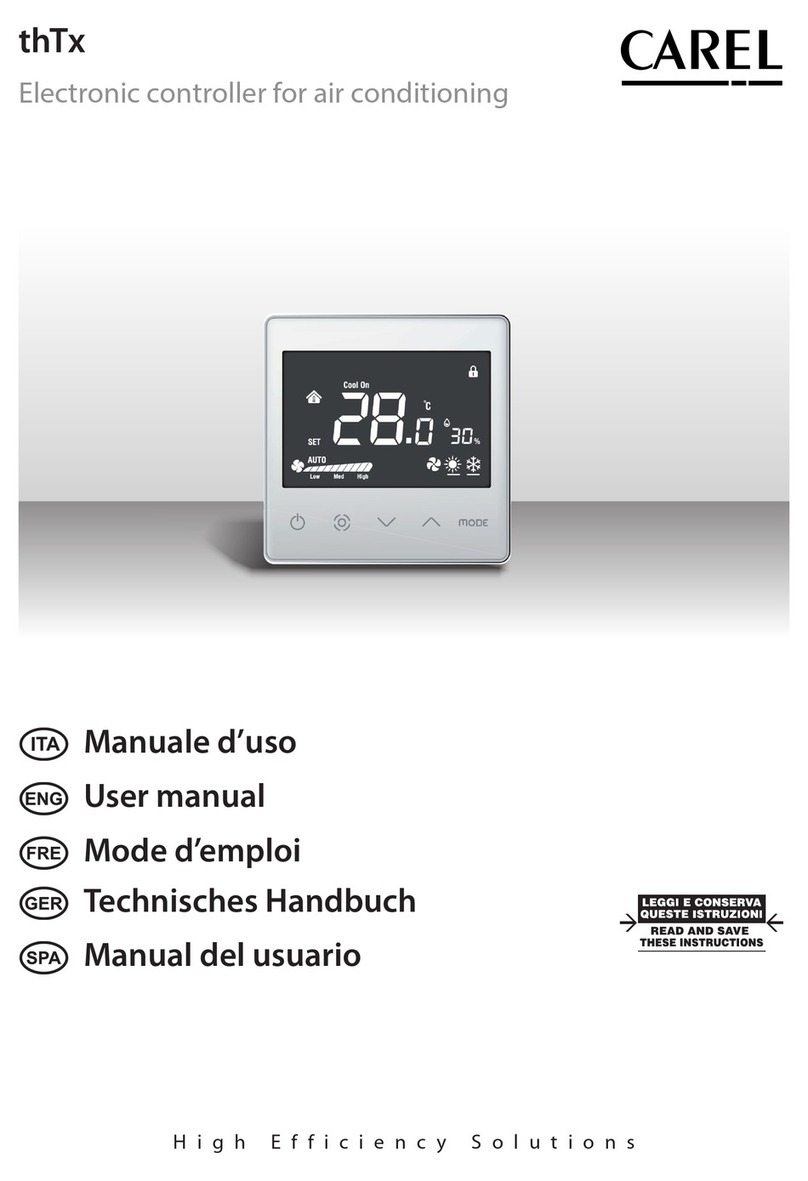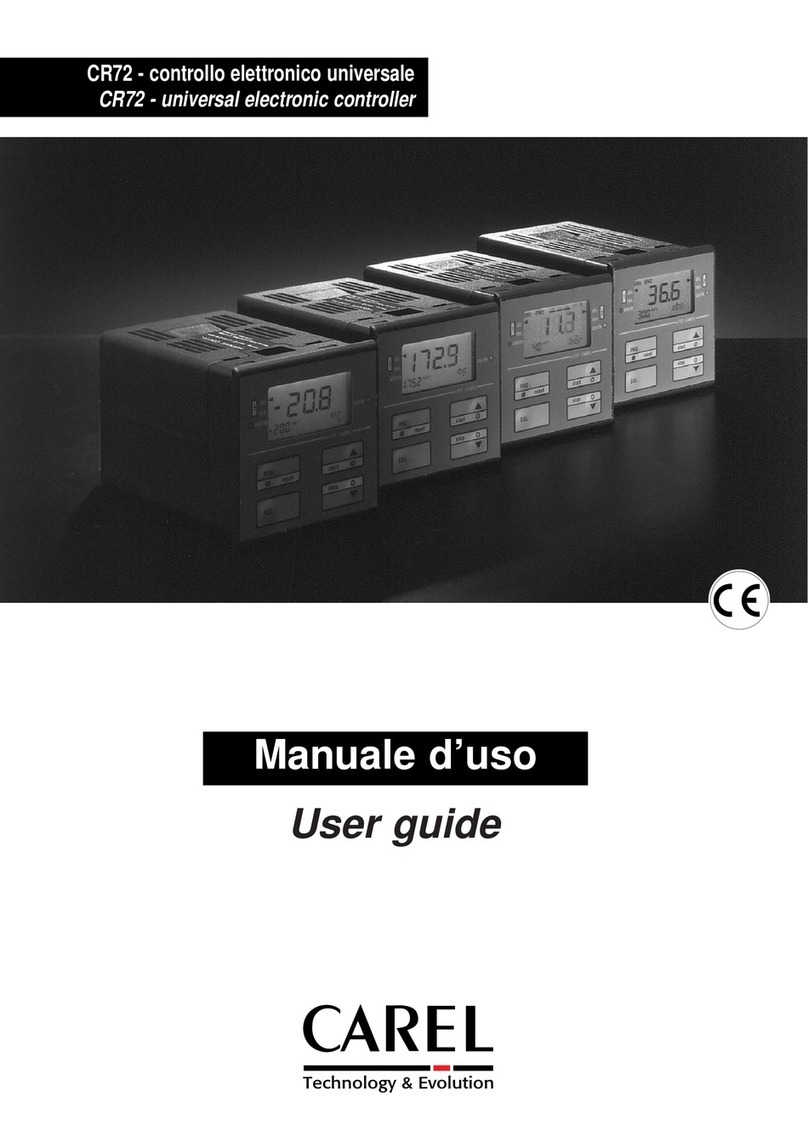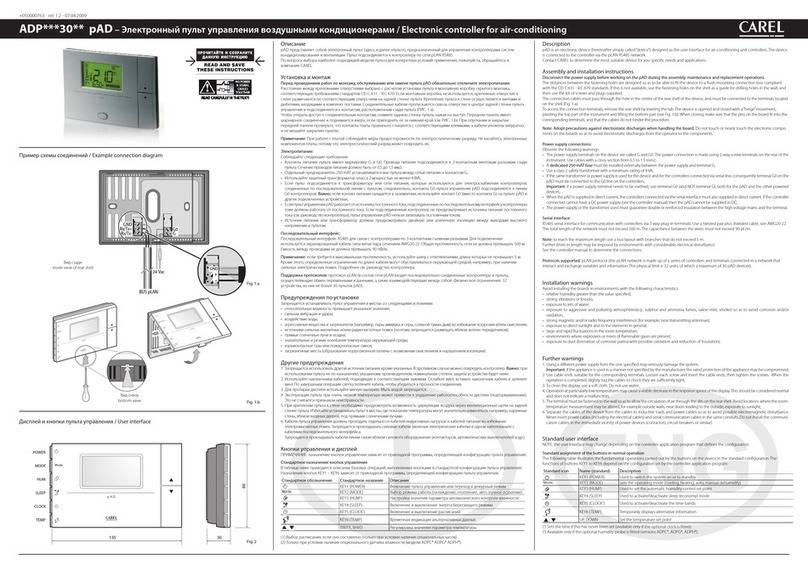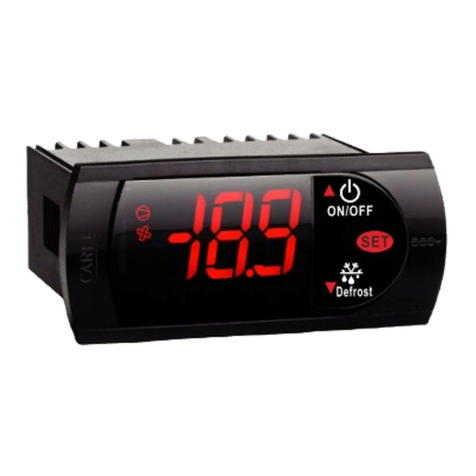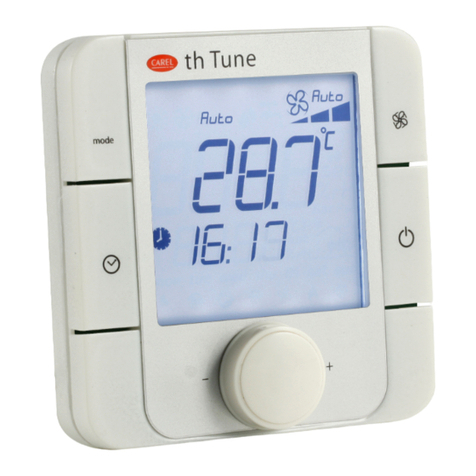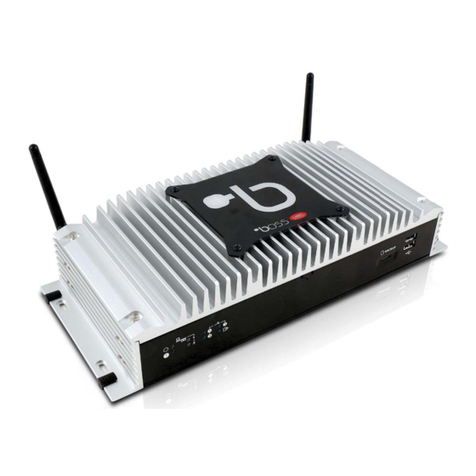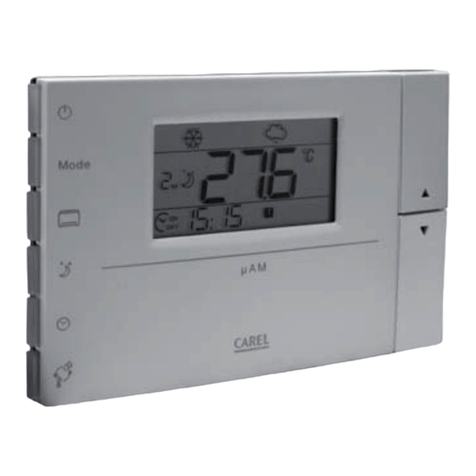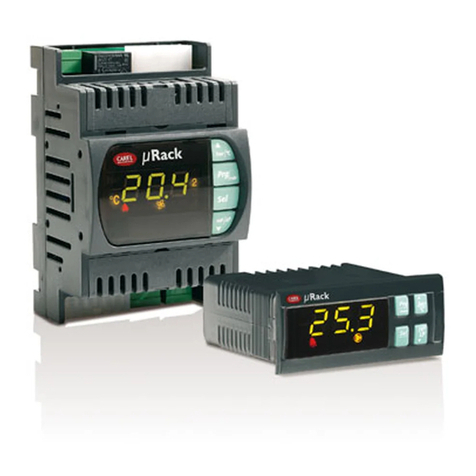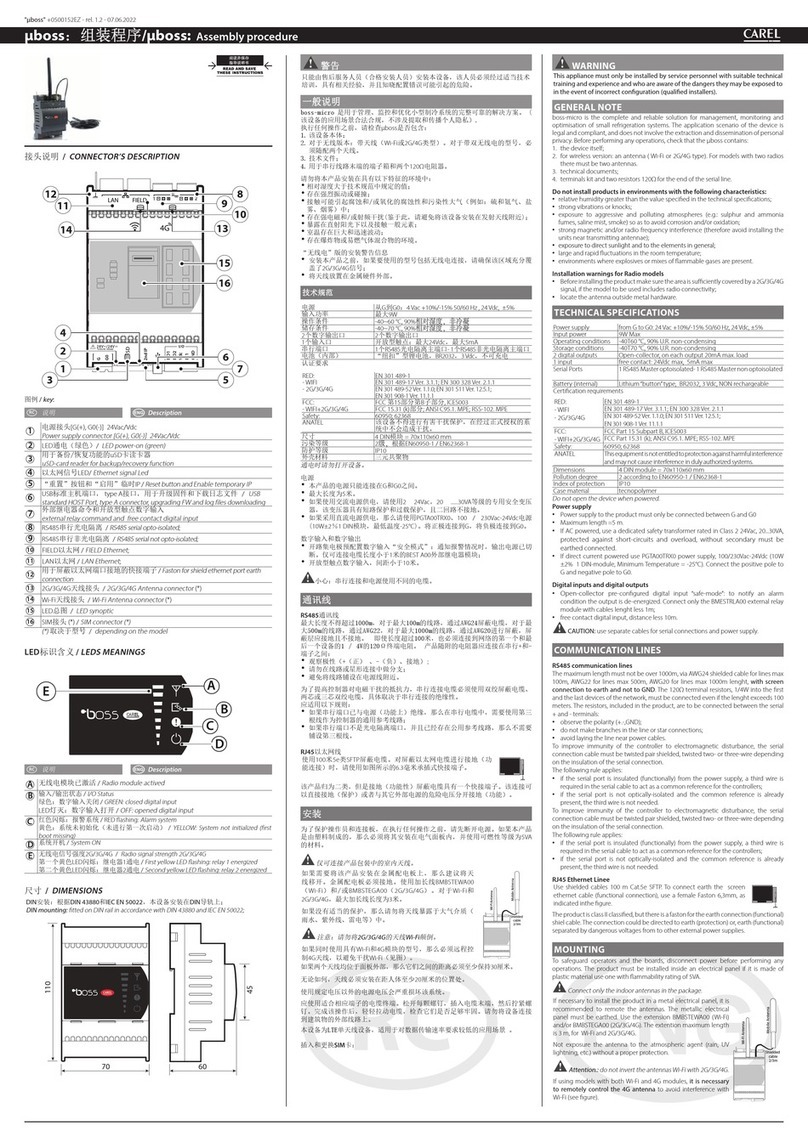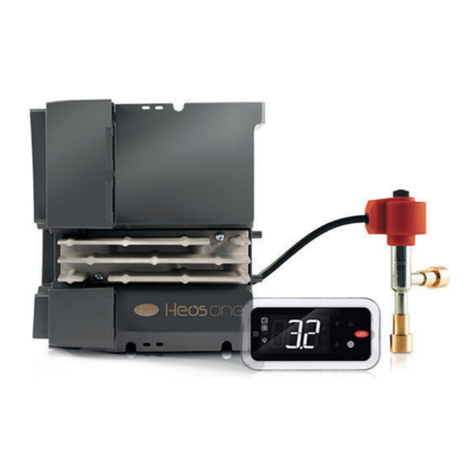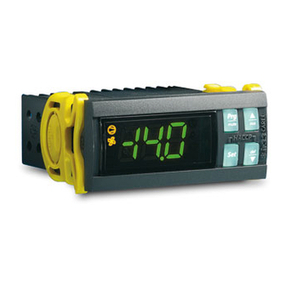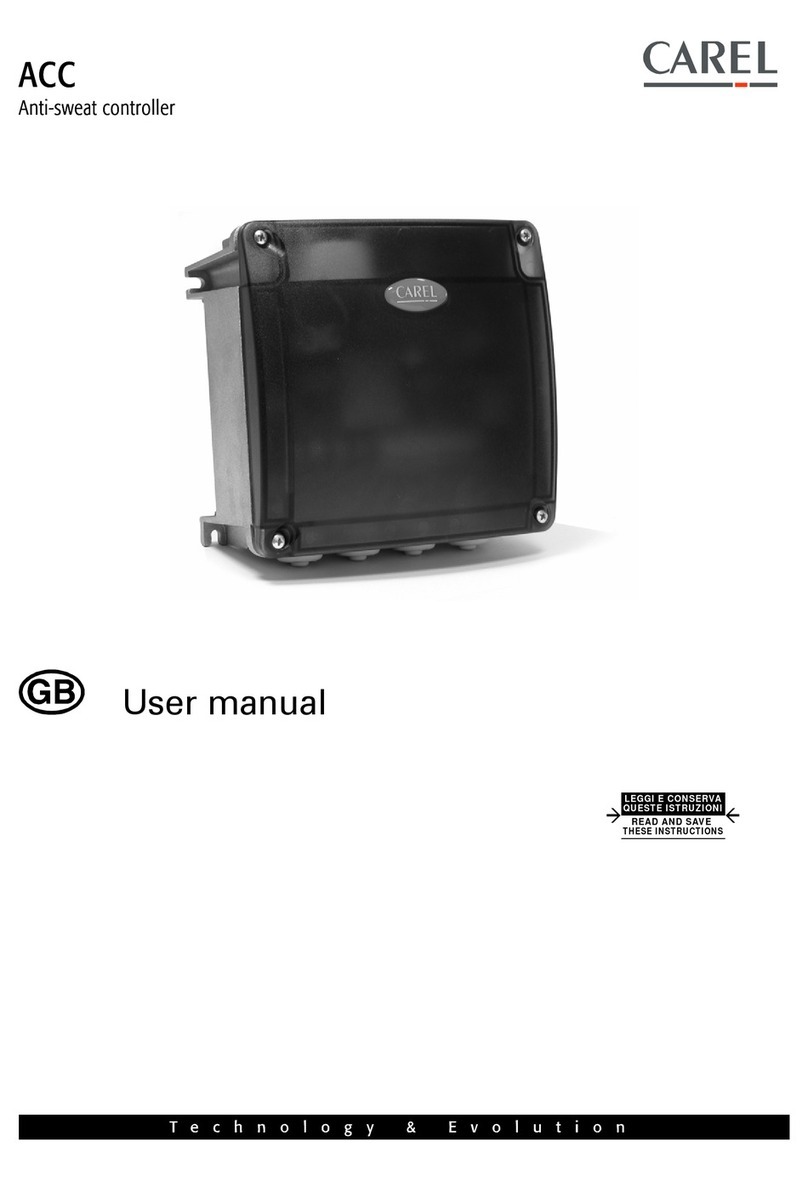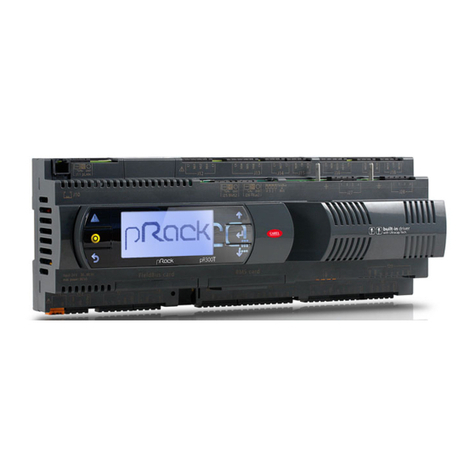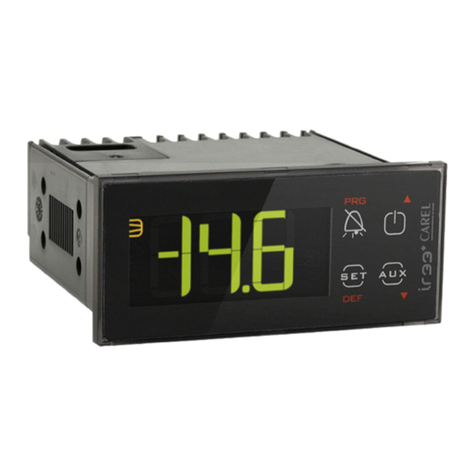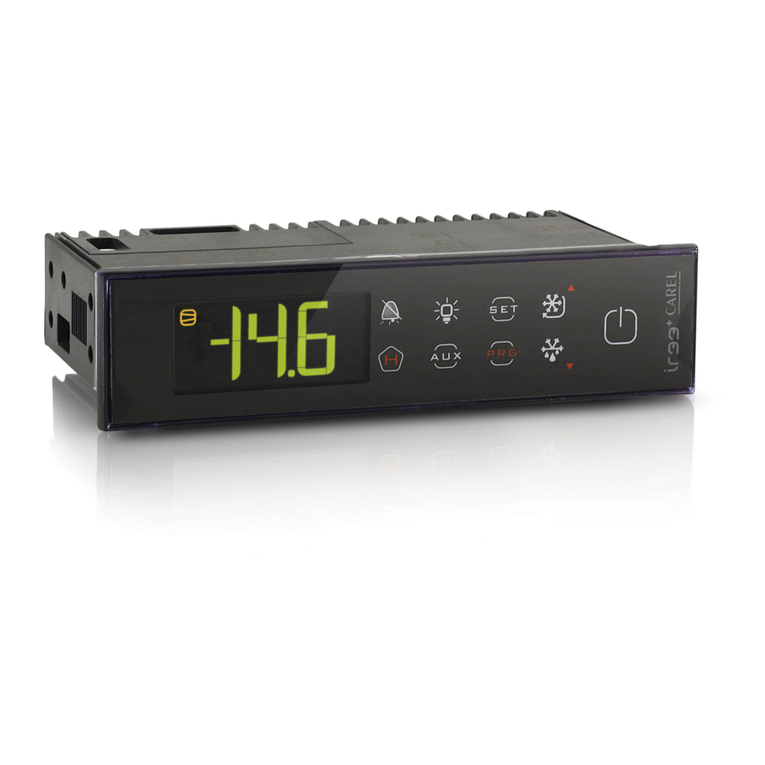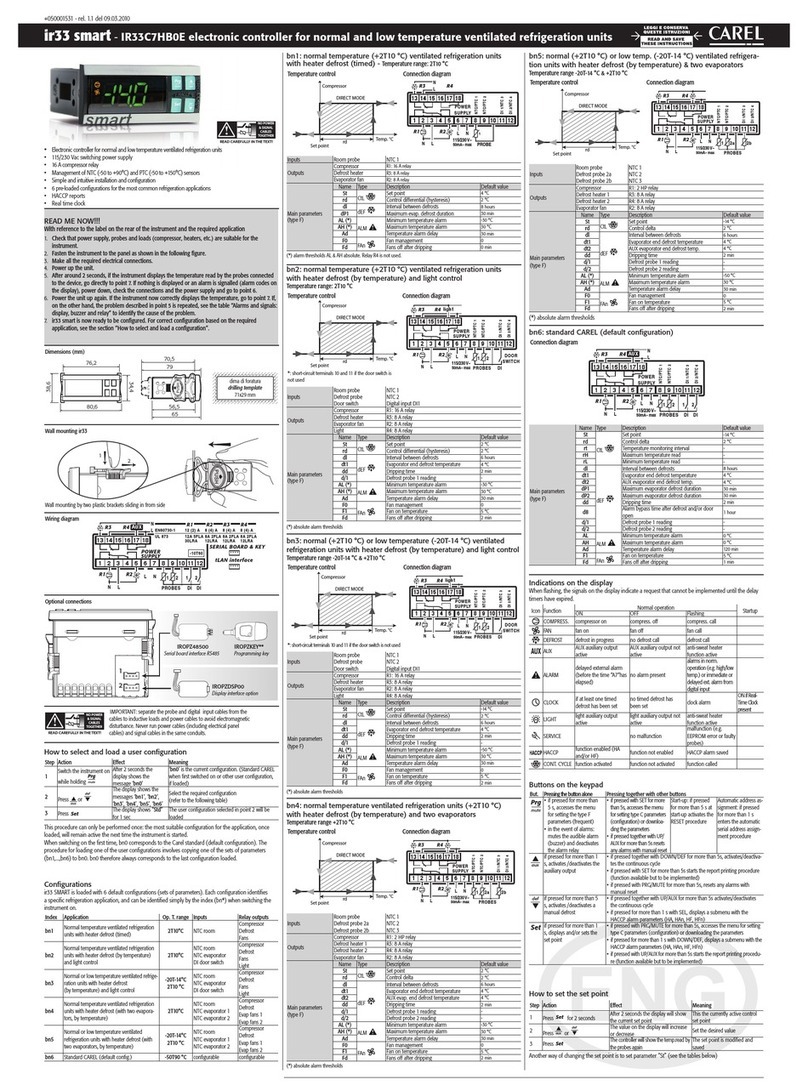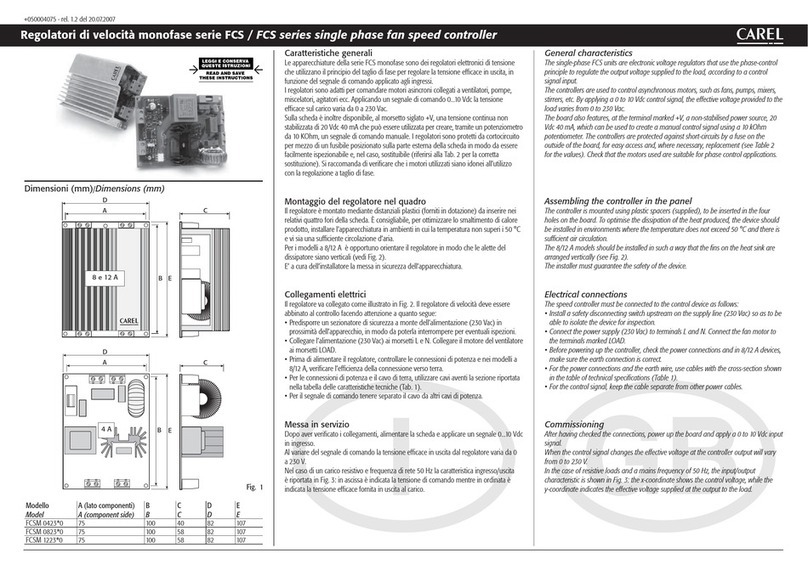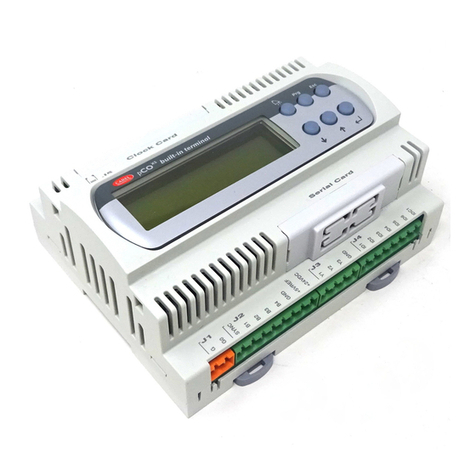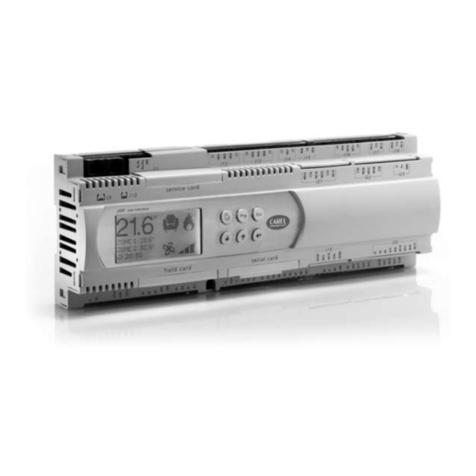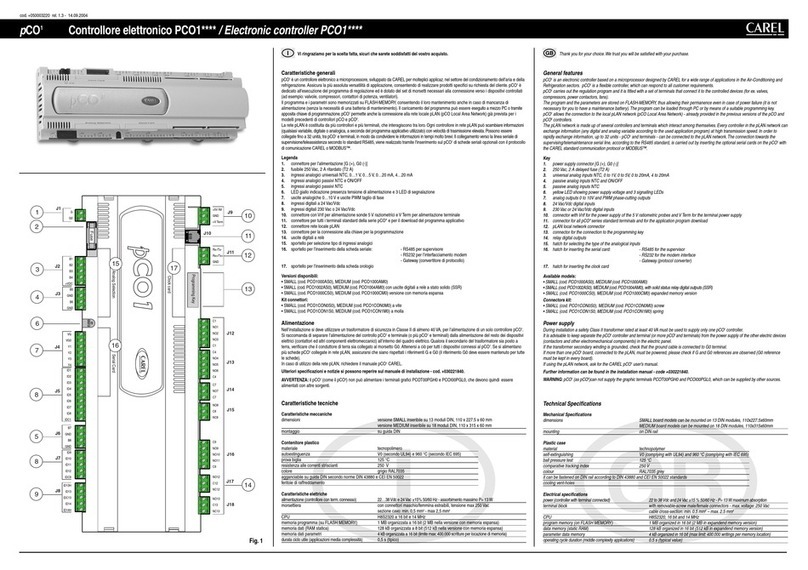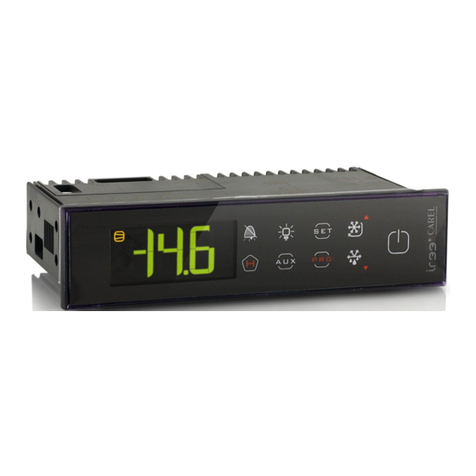4
We wish to save you time and money!
We can assure you that the thorough reading
of this manual will guarantee correct
installation and safe use of the product
described.
INFORMATION FOR USERS ON THE CORRECT HANDLING OF WASTE ELECTRICAL AND ELECTRONIC
EQUIPMENT (WEEE)
In reference to European Community directive 2002/96/EC issued on 27 January 2003 and the related
national legislation, please note that:
1. WEEE cannot be disposed of as municipal waste and such waste must be collected and disposed of
separately;
2. the public or private waste collection systems defined by local legislation must be used. In addition,
the equipment can be returned to the distributor at the end of its working life when buying new
equipment.
3. the equipment may contain hazardous substances: the improper use or incorrect disposal of such
may have negative effects on human health and on the environment;
4. the symbol (crossed-out wheeled bin) shown on the product or on the packaging and on the
instruction sheet indicates that the equipment has been introduced onto the market after 13 August
2005 and that it must be disposed of separately;
5. in the event of illegal disposal of electrical and electronic waste, the penalties are specified by local
waste disposal legislation.
IMPORTANT WARNINGS
CAREL bases the development of its products on several years’ experience in the HVAC field, on
continuous investment in technological innovation of the product, on rigorous quality procedures and
processes with in-circuit and function tests on 100% of its production, on the most innovative production
technologies available on the market. CAREL and its branch offices/affiliates do not guarantee, in any
case, that all the aspects of the product and the software included in the product will respond to the
demands of the final application, even if the product is built according to state-of-the-art techniques.
The client (builder, developer or installer of the final equipment) assumes every responsibility and risk
relating to the configuration of the product in order to reach the expected results in relation to the
specific final installation and/or equipment. CAREL in this case, through specific agreements, can
intervene as consultant for the positive result of the final start-up machine/application, but in no case
can it be held responsible for the positive working of the final equipment/apparatus.
The CAREL product is a state-of-the-art product, whose operation is specified in the technical
documentation supplied with the product or can be downloaded, even prior to purchase, from the
website www.carel.com.
Each CAREL product, in relation to its advanced technological level, needs a phase of definition/
configuration / programming / commissioning so that it can function at its best for the specific
application. The lack of such phase of study, as indicated in the manual, can cause the final product to
malfunction of which CAREL can not be held responsible.
Only qualified personnel can install or carry out technical assistance interventions on the product.
The final client must use the product only in the manner described in the documentation related to the
product itself.
Without excluding proper compliance with further warnings present in the manual, it is stressed that in
any case it is necessary, for each Product of CAREL:
• To avoid getting the electrical circuits wet. Rain, humidity and all types of liquids or condensation
contain corrosive mineral substances that can damage the electrical circuits. In any case, the product
should be used and stored in environments that respect the range of temperature and humidity
specified in the manual.
• Do not install the device in a particularly hot environment. Temperatures that are too high can
shorten the duration of the electronic devices, damaging them and distorting or melting the parts in
plastic. In any case, the product should be used and stored in environments that respect the range of
temperature and humidity specified in the manual.
• Do not try to open the device in any way different than that indicated in the manual.
• Do not drop, hit or shake the device, because the internal circuits and mechanisms could suffer
irreparable damage.
• Do not use corrosive chemical products, aggressive solvents or detergents to clean the device.
• Do not use the product in application environments different than those specified in the technical manual.
All the above reported suggestions are valid also for the control, serial unit, programming key or never-
theless for any other accessory in the product portfolio of CAREL. CAREL adopts a policy of continuous
development. Therefore, CAREL reserves the right to carry out modifications and improvements on any
product described in the present document without prior notice. The technical data in the manual can
undergo modifications without obligation to notice. The liability of CAREL in relation to its own product
is regulated by CAREL’s general contract conditions edited on the website www.carel.com and/or by
specific agreements with clients; in particular, within the criteria consented by the applicable norm, in no
way will CAREL, its employees or its branch offices/affiliates be responsible for possible lack of earnings
or sales, loss of data and information, cost of substitute goods or services, damage to things or persons,
work interruptions, or possible direct, indirect, incidental, patrimonial, of coverage, punitive, special or
consequential in any way caused damages, be they contractual, out-of-contract, or due to negligence or
other responsibility originating from the installation, use or inability of use of the product, even if CAREL
or its branch offices/affiliates have been warned of the possibility of damage.
